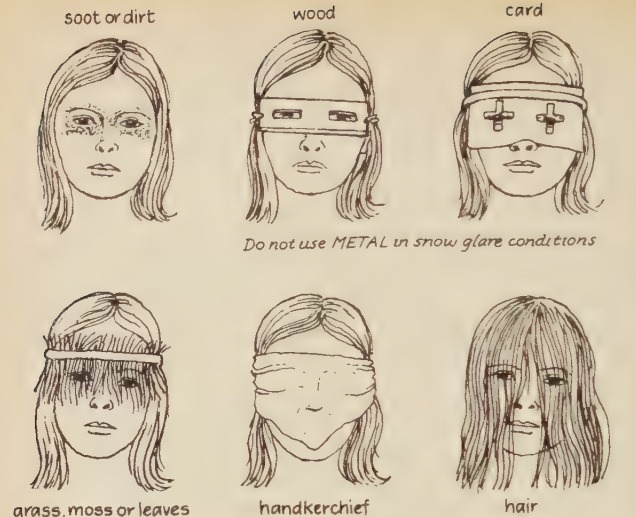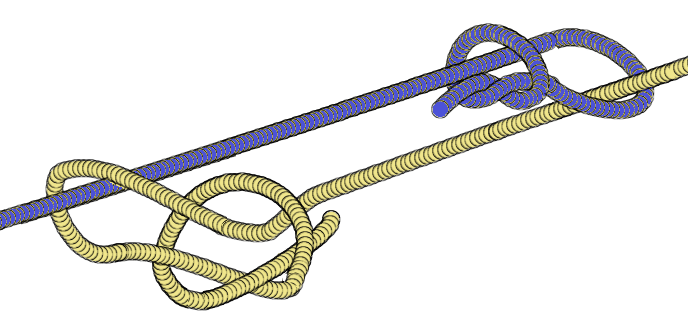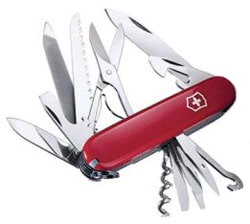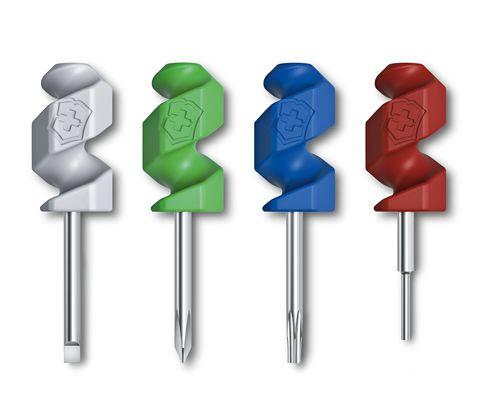The other day I had to escort an engineer.
He managed to set off the alarm he was servicing, and was unable to get it to stop.
He had forgotten to bring the handle for his screwdriver bits.

Such farces are actually not that uncommon at this institution.
As the minutes rolled by and I sat there in the noise, it occurred to me I had some ear plugs on me. Actually the noise was not too bad, and using hearing protection to ignore an emergency alarm is probably setting a bad example!
Eventually the alarm was silenced by using the end of the nail file on my Swiss Army Classic. I have better screwdrivers on my tools, but the Classic on my keyring was most readily to hand.
The engineer was also having trouble with his spectacles. The rubber loops on the retaining cord he was using kept slipping off, and he was cursing the well known website he had brought them from.
All this reminded me of a topic I was thinking about when I was writing about ear plugs.
Ear plugs are a simple thing that can make all the difference if you have them with you.
Obviously, my penknives may be included in this.
Tweezers
Tweezers are another item I thought of, possibly because at the time I had been reviewing how to deal with biting ticks.
I carry a Swiss Army Ranger and a Classic, and each has a pair of tweezers slotted into a grip panel.
One pair has been ground to a point, as shown in this video.
If, for some bizarre reason, you do not carry a Swiss Army Knife (!), the tweezers may be brought separately.
So small and so cheap there is not really any good reason not to have a pair. Your main problem may be finding a good place to carry them so you can find them when needed!
Don't Forget Your Toothbrush
Personally, I do not have a toothbrush in my EDC. If I was heading to the wilds, I might rethink this.
If your lifestyle often finds you sleeping at someone else's house, platonically or otherwise, you may find it handy to have a toothbrush with you.
There are guards you may fit over the bristles, and two-part brushes, some of which have room for a tiny tube of paste.
Glasses Save Eyes!
The next “simple thing” did not immediately occur to me since I wear spectacles, and mine have photochromic lenses.
My girlfriend mentioned a Christmas she spent in Scotland. The snow made everything so bright she wore sunglasses whenever outside.
If you do not wear photochromic glasses, a pair of sunglasses is a worthy addition to your EDC or bug-out bag.
Excessive sun glare may occur in any season. See the “Too Bright” section of Greenbank's “The Survival Handbook”.

Glasses also protect your eyes from branches when moving through the woods, and other threats. That, incidentally, is one of the reasons I do not switch to contacts.
My glasses have saved my eyes from injury several times.
Spectacles or sunglasses are important and useful. When climbing, biking or during other activities there is an increased risk that you and your lenses may part company.
Which brings us back to the engineer and his malfunctioning retention cord.
Retaining Glasses
My left hip pocket contains a lighter, bandana and a collection of cordage.
Included in the latter is a retention cord I may use with my spectacles.
I literally found this lying in the street, the irony that something to prevent loss was lost not lost on me.
I have not had cause to use this retention cord yet, but it seems well suited for purpose.
The cord is tubular and fits over the arms of my spectacles, giving a long contact area. A sliding piece of plastic allows the cord to be drawn snug against the back of the head.
An effective retaining cord is a prudent thing to carry with you if you wear glasses or have sunglasses, even if, like me, you only fit it when the chance or consequence of losing your glasses is serious.
Suppose you do not have a retaining cord, or have lost it.
If you have been visiting this blog, you will probably have some paracord or other cordage available. A draw cord from your anorak could be used.
Here are two suggestions on how to improvise a retention cord for your glasses:
Comments
Both of these methods use slip knots to attach the cord to the arms.
One method uses a double overhand to form the slip knot, the other uses an extra couple of turns to form the overhand knot portion.
The video uses a double fisherman's knot to tighten and loosen the cord. A single fisherman's knot would be easier to adjust when needed. Perhaps he wanted all the knotted sections to match?
A slip bend would be a good knot for this application. This could be made with double overhands if desired.

The “cobra knot” used in the Instructables' method is actually multiple overhands tied in the centre of a second piece of cord. This would have been clearer if a different coloured piece of cord was used for demonstrating this part.
The simplest way to adjust a retaining cord is probably to tie a lapped overhand loop in the doubled cord. This is probably one of the few knots that may be easily adjusted when your hands are behind your head.
The other methods may be more secure, however.
All this talk of knots brings me to my final topic.
I have rewritten Scrapboard Knots, adding more content, more knots and tweaking the format to use less paper.
All of the knots mentioned in this blog may be learnt from this booklet.
Scrapboard Knots is free, but donations and tips are welcome, and much needed at the moment.





